Mangrove Planting & DIGNIFYING Communities|
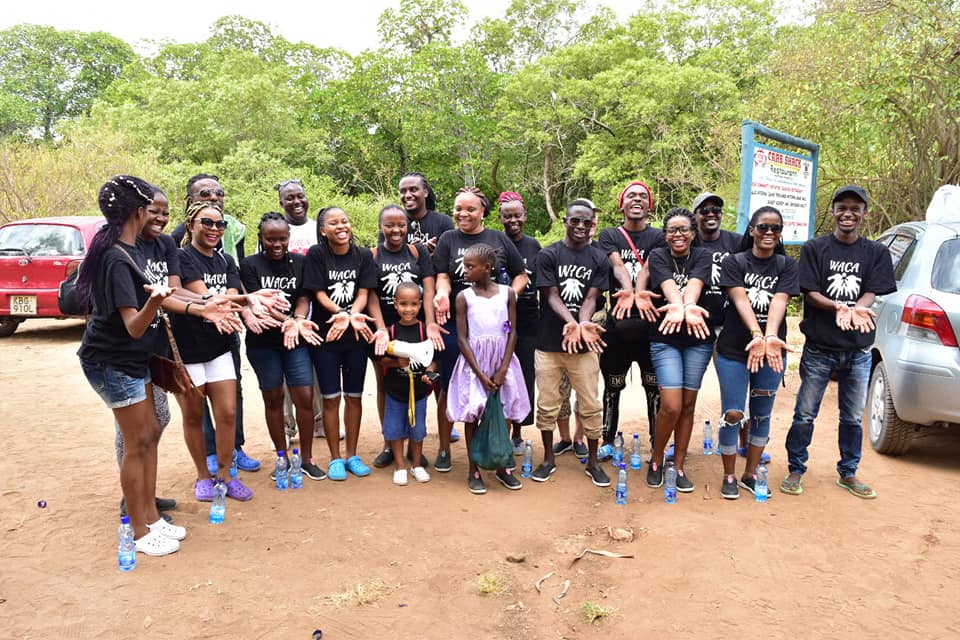
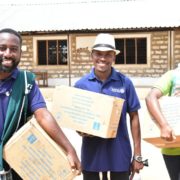
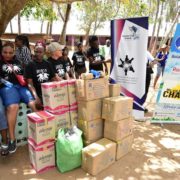
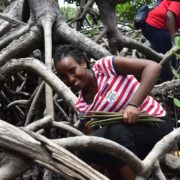
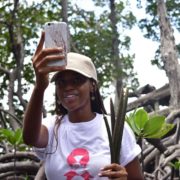 +3
+3 Mangrove Planting & DIGNIFYING Communities|
Rotaract Club of Malindi in Collaboration with Rotaract Clubs of Kilifi, Watamu, North Coast Training College, Karura & Kampala South|
By Rotaract Club of Malindi|
Annually, Rotaract Club of Malindi holds mangrove planting projects raising awareness on preservation and conservation of the environment protecting marine biology, human economy and improve livelihood. After all, it is not just a corporate responsibility but also, out individual responsibility to restore Mother Earth.
In honor of World Rotary Day, 23rd February 2019, a year supply of sanitary towels & boxers to class eight (8) pupils were distributed to Dabaso Primary School and at least 10,000 mangrove seedlings (propagules) were planted in the coastline of Crabshack Dabaso in Watamu by Rotaractors. The community service was organized by The Rotaract Club of Malindi in conjunction with Rotaract Club of Kilifi, Rotaract Club of Watamu, Rotaract Club of North Coast Training College, Rotaract Club of Karura and Rotaract Club of Kampala South.
Sanitary Pads Distribution|
Prior to the mangrove planting activity, we visited Dabaso Primary School to distribute sanitary towels for the girls and inner wear for both girls and boys. Boxes and tons of pads were delivered. Rotaractors and Wacawaca team of Watamu gathered together with the pupils. President of different Rotaract Clubs gave speeches followed by Wacawaca including a tutorial on how to wear a pad and a short speech to educate both the young girls and boys.
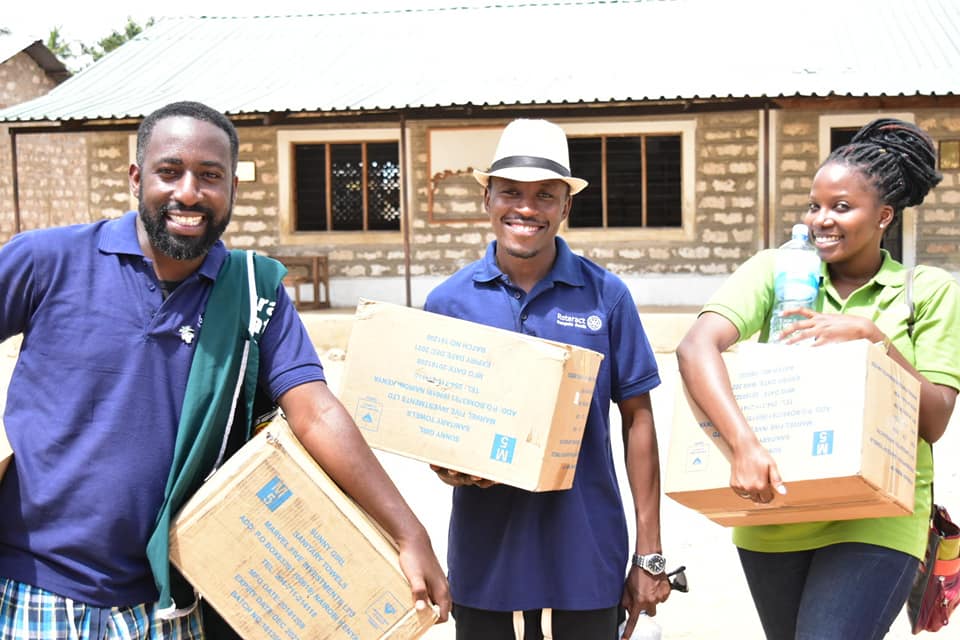
Mangrove Planting|
At the entrance of Crabshack Dabaso is where our mangrove adventure begun. The bridge cuts through a path that is served by Mangroves acting as a track path for the bridge leading towards the slippery mud and shallow waters of mida creek.
A mangrove is a salt-tolerant tree that primarily grows in a tropical and sub-tropical place along shores and rivers in salty water, muddy and waterlogged areas. Mangroves are essential in preservation and conservation of the environment, marine and human life that results to a Sustainable Blue Economy for current and future generations. For instance, mangroves protect coral reefs from sedimentation, provide nursery beds for fish and a breeding area for fish, birds, reptiles and other local species. All which make food for human consumption, income for fishermen, offer employment opportunities in fisheries and eco-tourism for the local economy.
“The fisheries sector in Kenya, employs over one (1) million people who are engaged in fishing, fish farming and other fisheries related activities such as processing, boat making , and repairs.” Edward Kimakwa 2018.
Also, mangroves store up massive amount of carbon dioxide, therefore, contributing to climate change mitigation. They have a remarkable ability to cope with the extraordinary level of stress hence buffering ecosystems against typhoons, hurricanes, floods, tsunamis and the like, as a result, protecting the coastal inhabitants. Certainly, our future is codependent on the survival of mangroves to preserve and improve our environment.~ Blue Economy Conference 2019
As we then commenced our journey we indulged in breathtaking views of Mida Creek aboard a small boat and dhows. Arriving at the mangrove planting area, it was impossible to plant right away due to the intertwined mangrove roots. They looked like total deal breakers, though they increase stability in the soft sediments along shorelines and prevent salt to pass through its root membranes. The view was extremely horrific. Nevertheless, the idea of being clueless about what could be hiding in or below the water was terrifying, literally walking by faith. To conquer the roots, one had to carefully crawl on each while watching out for the killer sharp oyster shells that grow underneath the roots. Eventually, after a proper work out session that involved heavy perspiration and panting, we landed on a spacious muddy spot for planting mangroves.
The mangrove viviparous seedlings a.k.a propagules that we held for planting were crafted that way so that when they fall they just automatically plant themselves. Its shoot which is thinner, faces upwards while its thicker root face downwards inserting it five (5) – six (6) centimetres deep into the muddy ground.
With practice and teamwork, the mangrove planting mission was successful. Thankfully, the way out did not have many roots so it was easier walking through the knee-deep water straight towards the restaurant. Indeed, that felt rewarding knowing that each of us made a difference in preserving and conserving the environment and giving back to the community. Especially for first timers like me and other new volunteers.
However, for the Rotaract Club of Malindi, it was their fourth (4th) mangrove planting success. Mangrove planting doesn’t have to be as tedious for different venues offer different mangrove settings. A good example is the annual mangrove planting event served by Rotaract Club of Malindi last year at Robinson Crusoe Island. It was an open muddy field that didn’t involve any root climbing.
Habiba Bien,
Prospective Rotaractor Rotaract Malindi|
Rotary Connects the World|


















Eclectic and evocative soundtrack
Rhythm gameplay
Tough challenge
Woefully out of place
Pacing slows
Exploration sequences feel drawn out